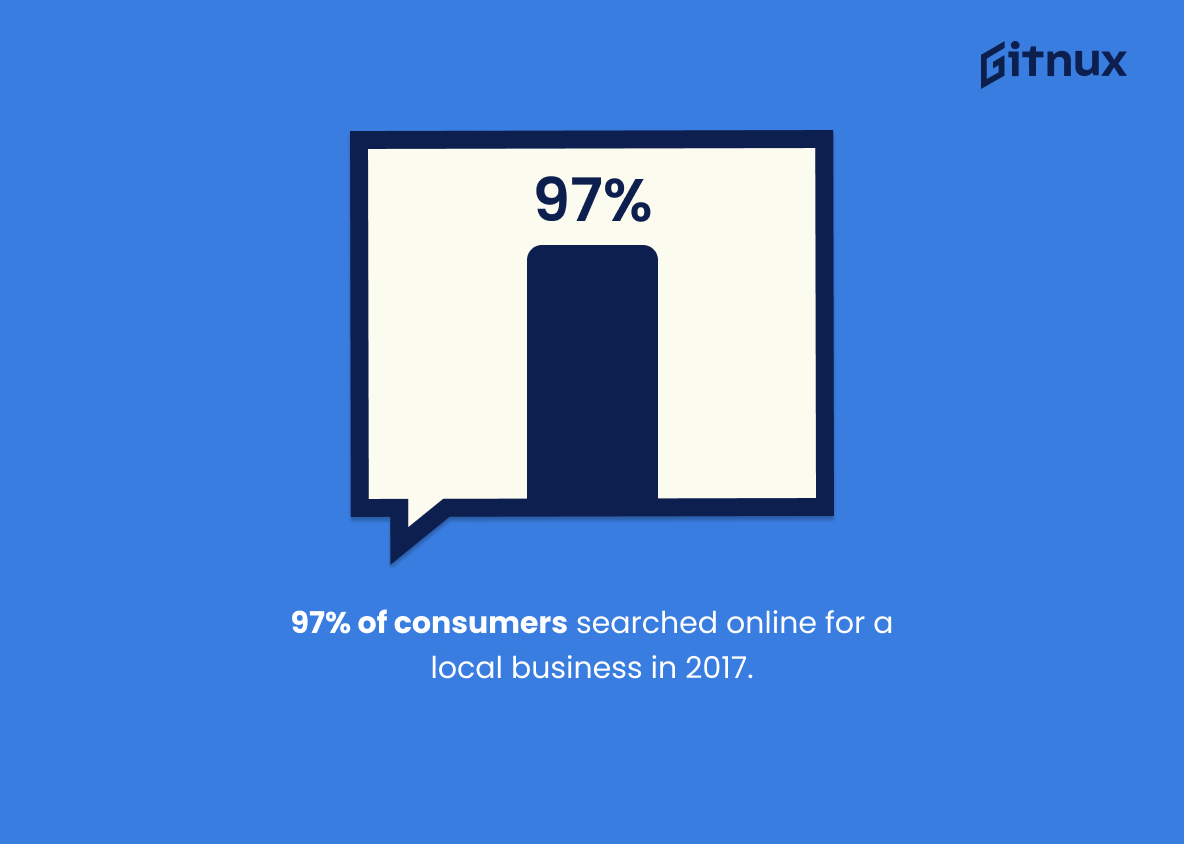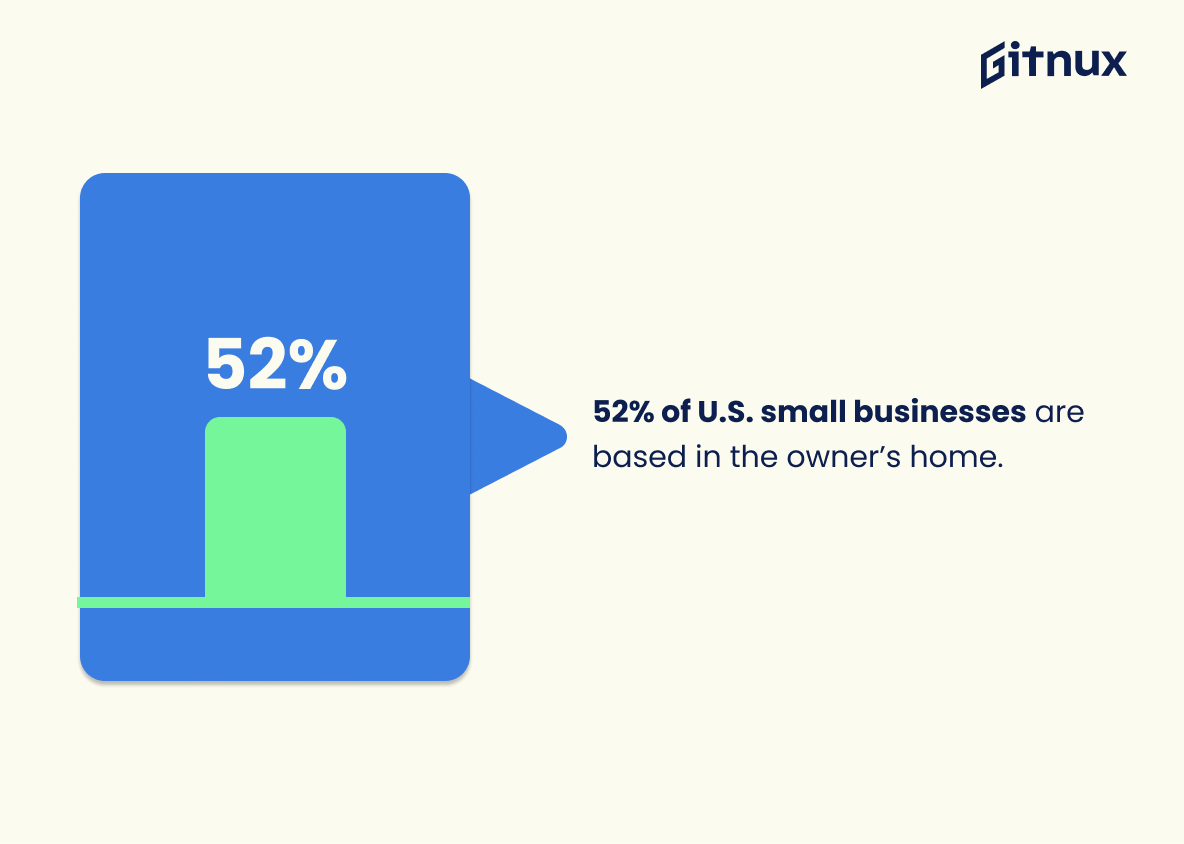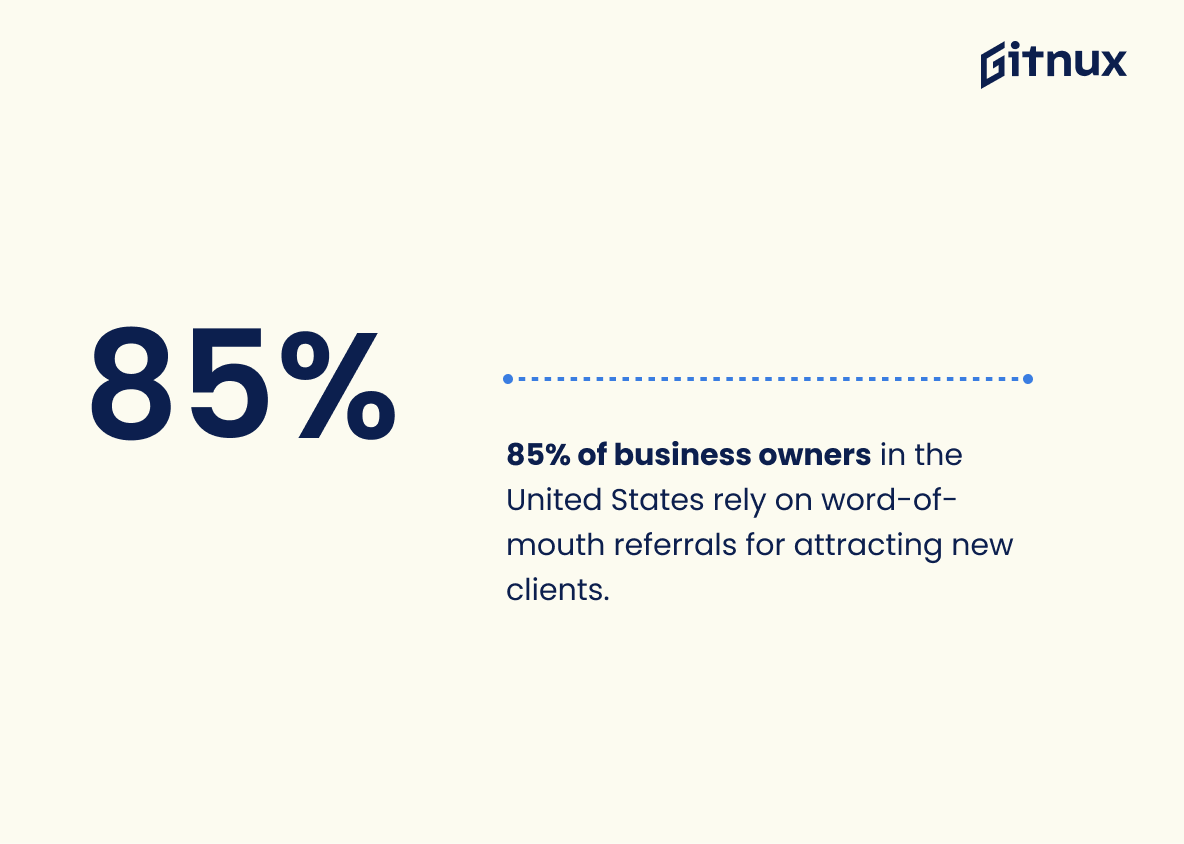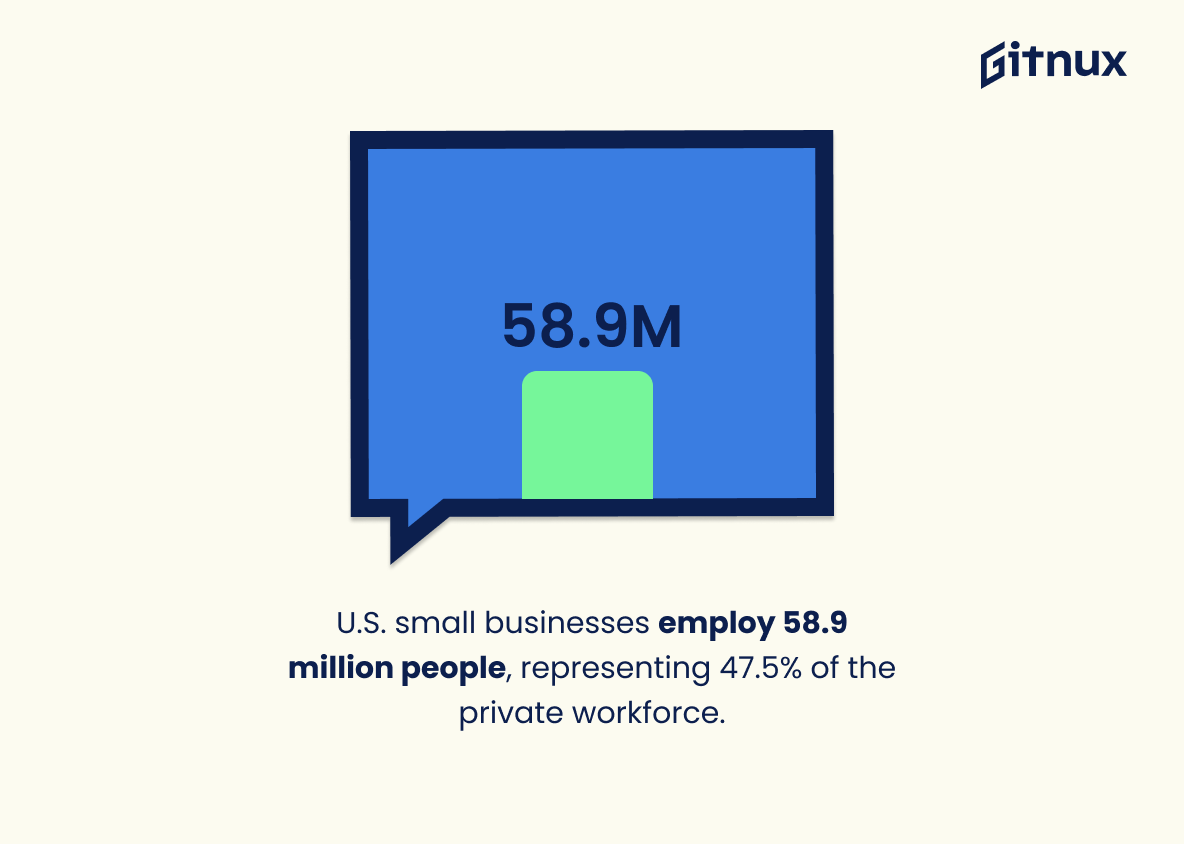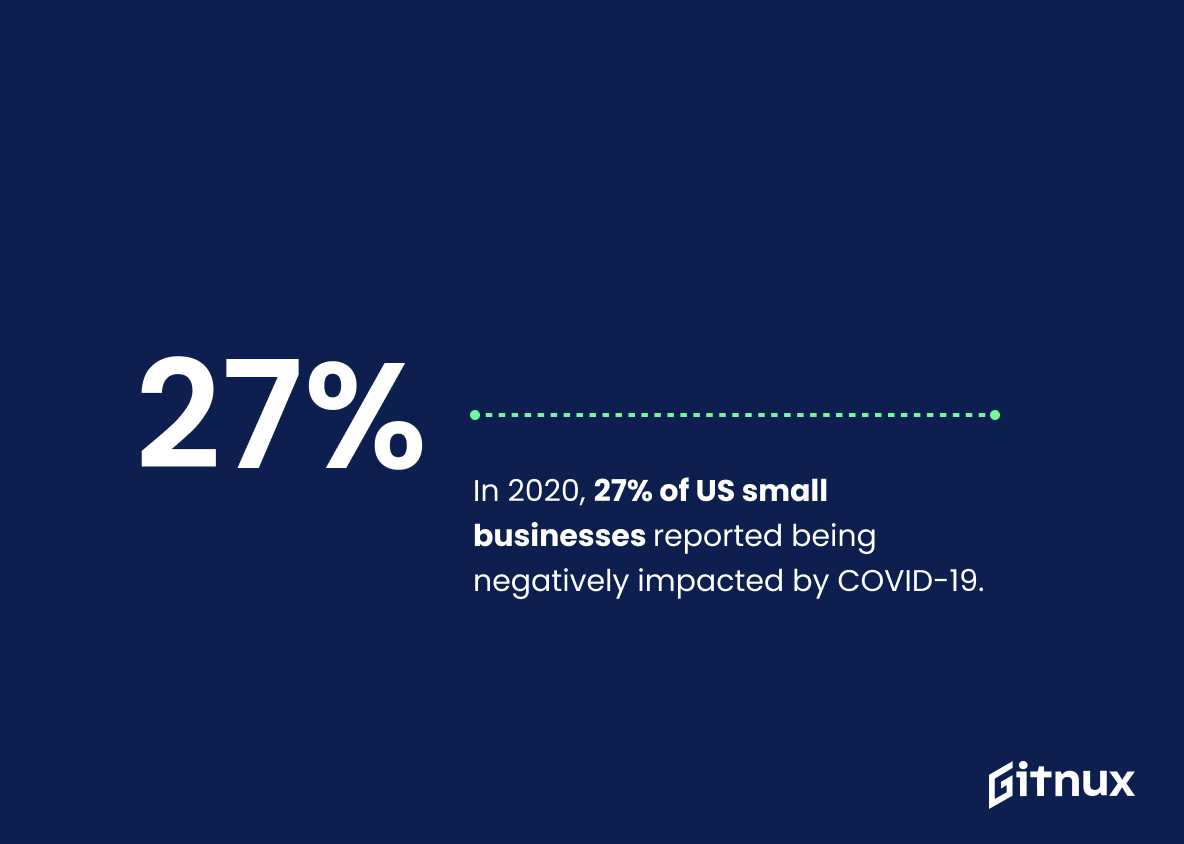The success of small businesses is an important part of the economy. To understand how these businesses are doing, it’s helpful to look at some basic business statistics. Here we will explore 20 different stats that provide insight into the current state of small business in America and around the world. From failure rates to profitability, website usage to outsourcing marketing efforts, customer behavior to employee numbers – this data paints a picture of what challenges and opportunities lie ahead for entrepreneurs everywhere.
This statistic is a stark reminder of the difficulty of running a successful small business. It highlights the importance of understanding basic business statistics in order to make informed decisions and increase the chances of profitability. Knowing the numbers behind the business can help entrepreneurs make better decisions and increase their chances of success.
64% of small businesses have a website.
This statistic is a telling indication of the importance of having a website for small businesses. It highlights the need for businesses to have an online presence in order to remain competitive in today’s digital world. Furthermore, it demonstrates the value of having a website for businesses to reach a wider audience and increase their visibility. This statistic is an important reminder for small businesses to invest in a website in order to stay ahead of the competition.
Basic Business Statistics Overview
24% of small businesses outsource their marketing, public relations, and advertising.
This statistic is significant in the context of blog post about Basic Business Statistics as it provides insight into the current trends of small businesses. It demonstrates that a large portion of small businesses are taking advantage of outsourcing services to help them with their marketing, public relations, and advertising needs. This indicates that outsourcing is becoming an increasingly popular option for small businesses, and it is important for business owners to be aware of this trend.
97% of consumers searched online for a local business in 2017.
This statistic is a powerful reminder of the importance of having an online presence for businesses. It highlights the fact that the majority of consumers are turning to the internet to find local businesses, and that businesses need to be aware of this trend and make sure they are visible online. This statistic is a great starting point for a blog post about basic business statistics, as it can be used to illustrate the importance of having an online presence and the potential benefits it can bring.
70% of small businesses are owned and operated by a single person.
This statistic is a powerful reminder of the prevalence of solo entrepreneurs in the business world. It highlights the importance of understanding basic business statistics for those who are looking to start their own business, as well as those who are already running one. Knowing the numbers can help entrepreneurs make informed decisions and better understand the risks and rewards of their venture.
52% of U.S. small businesses are based in the owner’s home.
This statistic is a telling indication of the prevalence of home-based businesses in the United States. It speaks to the fact that many entrepreneurs are choosing to start their businesses from the comfort of their own homes, rather than investing in a physical storefront or office space. This is an important statistic to consider when discussing basic business statistics, as it provides insight into the current trends in business ownership.
Small businesses create 1.5 million jobs annually in the United States.
This statistic is a powerful reminder of the immense impact small businesses have on the US economy. It highlights the importance of small businesses in creating jobs and stimulating economic growth. This statistic is especially relevant in a blog post about Basic Business Statistics, as it serves to illustrate the importance of understanding the fundamentals of business statistics in order to make informed decisions about the future of small businesses.
77% of small businesses rely on personal savings for their initial funds.
This statistic is a telling indication of the financial reality for many small businesses. It highlights the fact that many entrepreneurs are relying on their own resources to get their business off the ground, which can be a risky endeavor. This statistic is important to consider when discussing basic business statistics, as it provides insight into the financial landscape of small businesses.
93% of small businesses use social media to attract new customers.
This statistic is a powerful indicator of the importance of social media in the modern business landscape. It demonstrates that the majority of small businesses recognize the potential of social media to reach new customers and are taking advantage of it. This statistic is a valuable piece of information for any blog post about Basic Business Statistics, as it provides a clear example of how businesses are using data to make decisions and grow their customer base.
85% of business owners in the United States rely on word-of-mouth referrals for attracting new clients.
This statistic is a powerful indicator of the importance of word-of-mouth referrals in the business world. It shows that the majority of business owners recognize the value of personal recommendations and use them to their advantage. This is an important point to consider when discussing basic business statistics, as it highlights the importance of networking and building relationships with potential customers.
About 42% of small business owners feel that they lack the necessary skills to manage their finances independently.
This statistic is a telling indication of the need for small business owners to be educated on the basics of financial management. It highlights the importance of understanding the fundamentals of financial management in order to ensure the success of a small business. This statistic is a reminder that small business owners should not be afraid to seek out resources and advice to help them better manage their finances.
63% of businesses say that generating traffic and leads is their top marketing challenge.
This statistic is a telling indication of the difficulty businesses face when it comes to marketing. It highlights the need for businesses to find effective ways to generate traffic and leads, which is essential for success in the modern business world. This statistic is an important reminder of the importance of understanding basic business statistics and how they can be used to inform marketing strategies.
Over 75% of small businesses in the US have no employees.
This statistic is a telling indication of the current state of small businesses in the US. It highlights the fact that many small businesses are operating with limited resources, and that the majority of them are run by a single individual. This is an important point to consider when discussing basic business statistics, as it provides insight into the challenges faced by small business owners and the need for them to be aware of the various statistics that can help them make informed decisions.
U.S. small businesses employ 58.9 million people, representing 47.5% of the private workforce.
This statistic is a powerful reminder of the importance of small businesses in the U.S. economy. It highlights the fact that nearly half of the private workforce is employed by small businesses, demonstrating the vital role they play in creating jobs and driving economic growth. It is a testament to the hard work and dedication of small business owners and employees, and serves as a reminder of the need to support and nurture small businesses in order to ensure their continued success.
In 2020, 27% of US small businesses reported being negatively impacted by COVID-19.
This statistic is a stark reminder of the devastating effects of COVID-19 on small businesses in the US. It highlights the importance of understanding basic business statistics in order to make informed decisions and plan for the future. It also serves as a reminder of the need for businesses to be prepared for unexpected events and to have contingency plans in place.
86% of customers are willing to pay more for a better customer experience.
This statistic is a powerful indicator of the importance of customer experience in today’s business world. It shows that customers are willing to invest in a better experience, and that businesses should prioritize customer satisfaction in order to remain competitive. This statistic is especially relevant to a blog post about basic business statistics, as it highlights the importance of understanding customer needs and preferences in order to make informed decisions.
Conclusion
The statistics presented in this blog post demonstrate the challenges and opportunities that small businesses face. While 50% of small businesses fail within five years, 40% are profitable and 63% have a website. Additionally, 24% outsource their marketing efforts while 97% of consumers search online for local business information. Furthermore, 70%, 79%, 52%, 1.5 million jobs annually, 33%, 77%, 93%, 85 % 42 % ,63 % 75 % 58 .9 million people 47 .5 percent private workforce 53 percent plan to expand 27 percent negatively impacted by COVID-19 86 per cent willing to pay more for better customer experience These figures show how important it is for entrepreneurs to be aware of the current trends in order to make informed decisions about their business operations and strategies moving forward.
References
0. – https://www.census.gov
1. – https://www.sba.gov
2. – https://www.visualobjects.com
3. – https://www.smallbiztrends.com
4. – https://www.brightlocal.com
5. – https://www.sbecouncil.org
6. – https://www.entrepreneur.com
7. – https://www.hubspot.com
8. – https://www.oracle.com
9. – https://www.getambassador.com
10. – https://www.businesswire.com
11. – https://www.fitsmallbusiness.com
12. – https://www.digitalmarketinginstitute.com
13. – https://www.fb.org

